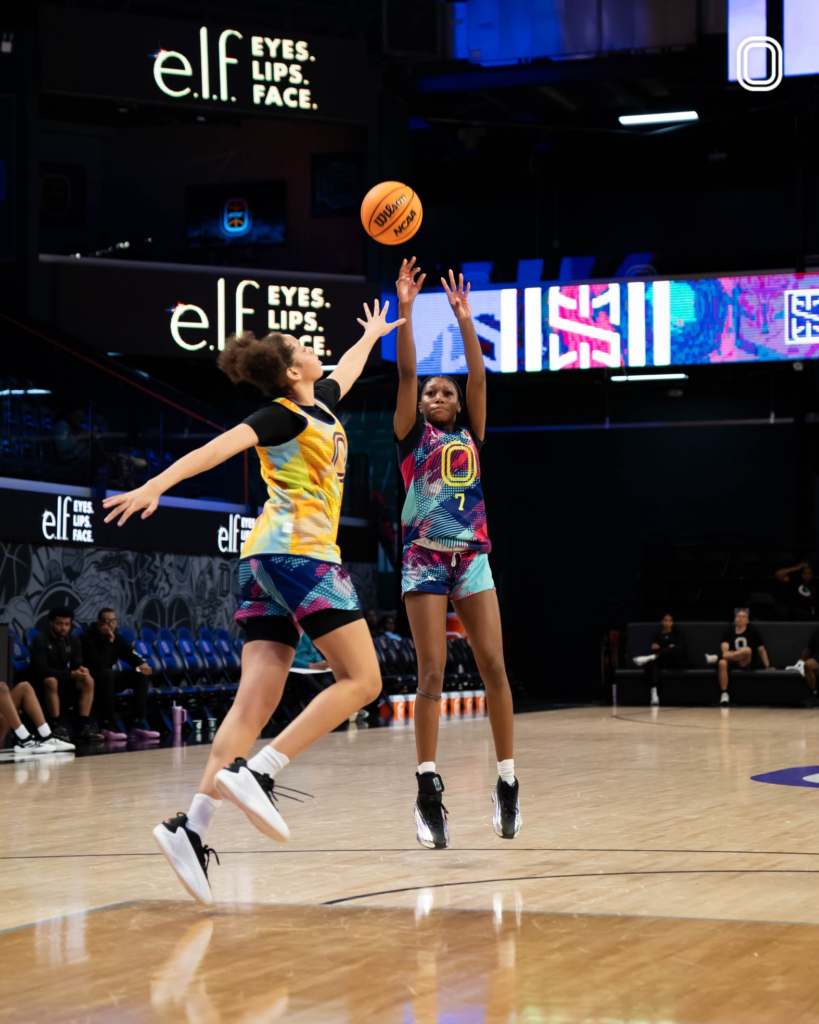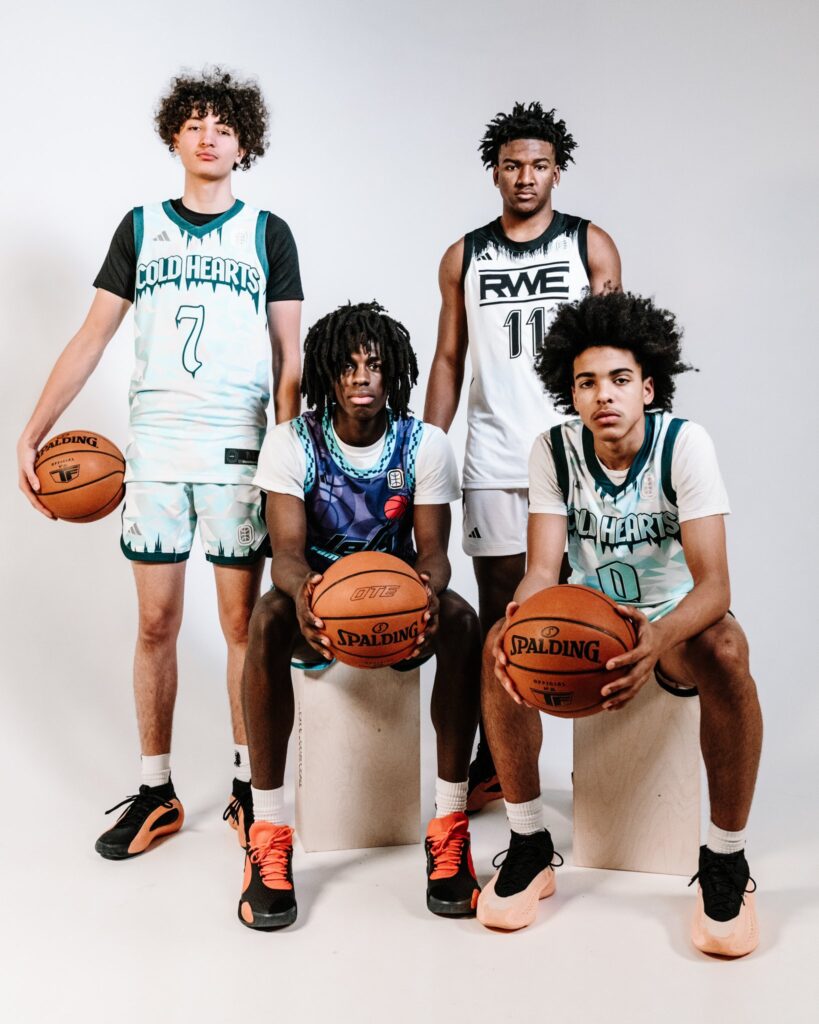Choosing Between The Current And Next Generation Of Fans? It Doesn’t Have To Be A Binary Decision
“How do we serve our current revenue-generating fans while also capturing the next generation?"
We frequently hear this type of question. Engaging fanbases with different behavioral patterns and psychographics certainly increases operational complexity. Understandably, many sports teams and leagues have focused on today’s revenue generating fans. However, your fan engagement strategy doesn’t have to be an “either/or” decision between engaging today’s core sports fans (Millennials and older) or the next generation (Gen Z and younger).
Teams and leagues can efficiently cater to multi-generational fan needs by applying data1-driven automated personalization alongside their integrated strategies and tactics. This type of approach is crucial to position your organization for sustainable growth as Gen Z emerges and becomes an increasingly critical consumer over the next decade.
The Opportunity | Gen Zers Are Becoming Critical Revenue-Generating Fans Over the Next Decade

Sports organizations, who haven’t been intentional about engaging Gen Zers, are at risk of missing out on this important emerging consumer. The youngest Gen Zers are reaching adulthood within the next decade. Further, U.S. Gen Zers already have an estimated annual spending power of $360 billion2. In comparison to other generations, Gen Zers’ expenditures are also projected to grow the most through 20353.
This emergence of Gen Z as a crucial consumer is directly impacting key sports revenue streams, from media and ticket sales to sponsorships and beyond. Gen Zers’ digital-first consumption habits have already contributed to the disruption of the media landscape. Their attraction to live sporting events is demonstrated by their willingness to attend games more consistently and pay higher ticket prices4. Additionally, as authenticity-driven, diverse, and socially conscious consumers, Gen Zers can be elusive to brands, so sports organizations that display meaningful engagement with this demographic are securing impactful sponsorship deals (e.g., Overtime’s range of partnerships from e.l.f Cosmetics to Adidas).


The Challenges | Engaging Multiple Generations of Fans
Three challenges that we often see when helping teams and leagues engage multiple generations:
- Hesitancy Embracing the Balancing Act: Many important elements of sports products and brands (e.g., the live game experience and brand values) are not as easily manipulated by personalization and automation capabilities. Thus, It can be difficult for some organizations to embrace the idea of finding their unique balance between serving current and emerging fans’ preferences. This balance can be different for each organization as some organization’s current fans may be considered purist or traditionalist, while other current fanbases are more receptive to the types of changes that resonate with the next generation of fans.
- Cross-Functional and Comprehensive Effort: Effectively engaging different generations of fans can be a multifaceted challenge that demands the attention and collaboration of the broad organization. Team business personnel, from marketing and social media to technology and business intelligence, are better positioned to drive impact when they align on their multi-generational fan engagement efforts. At the league level, sport operations and media leaders have the challenging but critical responsibility of evolving the in-game product and its delivery (e.g., game rules and media distribution models). All of these efforts are relevant and important.
- Adopting Fan Engagement Personalization and Automation Tech: It’s rare for organizations to have the necessary systems, data, people, and processes in place to scale personalized communication and enable multi-generational fan engagement across digital touchpoints.
Establishing the urgency of engaging Gen Z, securing internal alignment, and utilizing technology to scale your efforts are crucial steps to capturing the next generation of fans.
Alignment, Data, and Tech | Unlocking Personalization and Automation for Multi-Generational Fan Engagement at Scale
Among the ways we support clients’ needs to capture the next generation of fans is by helping them optimize their personalized fan engagement efforts. We often start this support by confirming the potential value of such an effort, as understanding the associated upside (and risk) helps leaders drive broad internal alignment. Once this alignment is established, we frequently conduct a personalized fan engagement readiness review. More context on these key steps outlined below:

- Impact Assessment & Technology Efficiencies: In addition to assessing the potential value creation of capturing the next generation of fans, we also provide an overview of how personalization and automation technology alleviates the binary nature of the generation/segment prioritization decision, as the right technology and processes reduce the incremental efforts associated with engaging additional generations/segments.
- Alignment: Clearly documenting a strategic vision and properly socializing it within your organization, goes a long way toward achieving alignment. For example, is team ownership bought in? Are the relevant departments involved or do you have silos? Is the team in sync with the league’s and media partners’ efforts? Documenting the vision and securing buy-in unlocks resources, enables key departments to work in concert, and empowers individuals to move quickly.
- Data and Technology: We review the quality of your data, including the comprehensiveness of your fan profiles, segmentation, and enrichment processes. For example, we analyze whether you have processes in place to continuously enrich profiles through loyalty programs, digital interactions, and third-party data sources. The quality of your data is critical to driving meaningful personalization and revenue impact. On the technology front, from the Centralized Data Platform and Content Management System to a personalization engine and automation tools, we evaluate whether your infrastructure is capable of dynamically delivering segmented content that can resonate with a variety of personas. For example, we assess whether your CDP properly consolidates fan data (e.g., ticketing, POS, CRM, to digital interactions) and how well your current systems integrate with legacy platforms and third-party tools. We help ensure your infrastructure not only meets your current engagement needs, but is also agile enough for future innovations.
Once we complete this type of review and support with the technology implementation, a client may, as an example, have the ability to send an exciting targeted player free agency update email combined with a season ticket upgrade offer to a dedicated Gen X fan, while simultaneously triggering a short-form vertical video and a single-game ticket offer to a new Gen Z fan. Beyond owned and operated digital touchpoints, on social media for example, where individual fan profiles are unavailable, high-level insights can be used to inform scalable tailored content and community management strategies.
Taking Action
The sports industry is already implementing a variety of strategies and tactics for reaching and engaging the next generation of fans - from integrating business models (e.g., League One Volleyball (LOVB)’s youth and professional structure) and fostering influencer/media collaborations (e.g., NBA Creator Cup and NWSL-Overtime), to leveraging modern media distribution (e.g., combination of streaming and legacy broadcast) and creating new or updating the in-game product (e.g., TGL and MLB)

These types of efforts, coupled with optimized technology and processes for personalized fan engagement, will be key to scaling the acquisition of Gen Z, a critical segment of fans for your organization's future success.
Are you ready to transform your fan engagement approach?
The above article is also available for PDF download here.
Acknowledgement
This research was led by Juan De Jesus in collaboration with Shripal Shah and Bora Nikolic. It was edited by Joanna Solowey.
Sources

